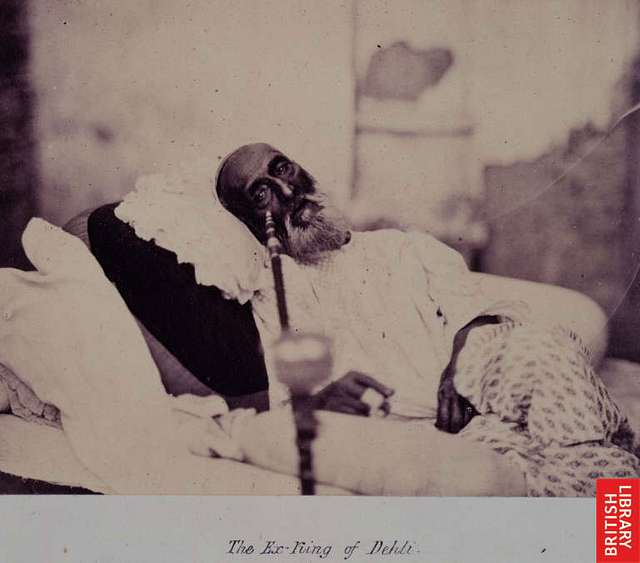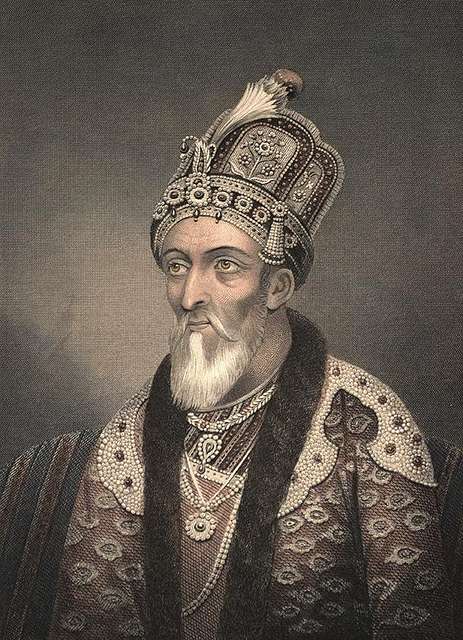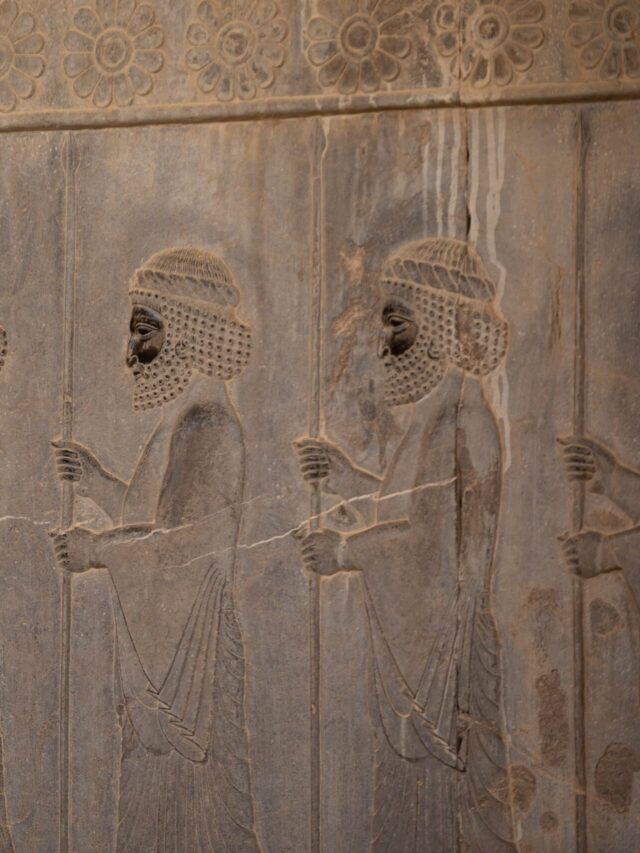
The Last Mughal-Bahadur Shah Zafar
Table of Contents
Mughal Empire:
- Mughal empire had stretched from Afghanistan to Myanmar and from Kashmir to Kanyakumari. But as with time, all empire gets rusted without oiling.
- The empire once a powerful force in the subcontinent got sidelined due to corruption, economic instability, and infighting for power among the Mughal heirs.
- The last powerful Mughal emperor was Aurangzeb, post his demise the empire got engulfed in infighting and capture of power.
- But unlike older times when the infighting of the Mughals were concluding it did not happen this time.
- New players emerge to challenge the status quo of the subcontinent rulers.
- Most of the players played a crucial role in challenging and trying to achieve the throne of Delhi but one power captured and defeated all the other stakeholders: the British.

Stakeholder Entry:
- British started as modest merchants doing business across India and requested various Mughal emperors to permit them to do business in the subcontinent.
- After many requests, they got permission to do business across port cities of India like Surat, Kolkata, and Bombay.
- However, the ambition to capture the rich wealth of India made them work hard towards achieving their objectives.
Game of Crowns in India:
- Britain achieved major rights to establish their business during Aurangzeb time, but their partnership with pirates in the seas had cost them dearly.
- The war against Aurangzeb stretched for months and in the end, Mughal emerged victorious.
- British were fined and reprimanded dearly for their act of war a lesson which they did not forget.
- But after the death of Aurangzeb, instability became a norm. In the years that followed more than 5 emperors were changed in the next 10 years and this led to stability issues across India.
- Sensing opportunities Britishers planned and went to war with various forces challenging their authority.
- Finally, they got an opportunity in the 1750s to play the Game of crownes.
- The British policies were created primarily taking into account the profitability of the British Empire.
- The industrial revolution which lays the economic foundation of Britain across the globe also dig graves for the Indian industries.
- The ability to annex the various princely states made the british unique in their approach.
- They came up with multiple reasons to annex princely states across India.
- But where the Britishers were prospering, the kings and queens of India were taking the brunt of their success.
- This annexation policy united kings, queen and those which waited for a correct opportunity.
The opportunity of 1857:
- The infamous approach of the British to save money to manufacture the rifles for soldiers cost them dearly.
- Due to this people across India united and rose against the British. Bahadur Shah Zafar had only remained titular king of Delhi due to British policies and interferences.
- But it changed when the soldiers made him king challenging the British empire.
- At the end of the battle between British and Indian soldiers, the war was won successfully by the British.
Summary
- But the brunt of humiliation also befell Bahadurshah Zafar, where he was publically tried in a British court and exiled to Rangoon to spend his last days.
- Bahadur Shah was in his eighties when he requested the British Empire to bury his body in India post his death.
- The request was rejected by the British to stop people from remembering Bahadur Shah Zafar.
- Despite all the shortcomings and misfortunes, the people of India strived and achieved their desired goal in 1947.
- But the poet who was exiled in Rangoon is still remembered among the people of India.


